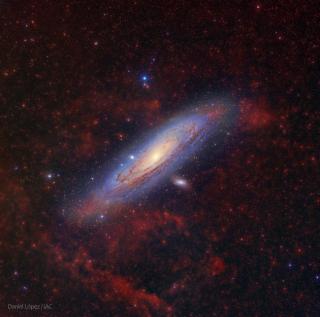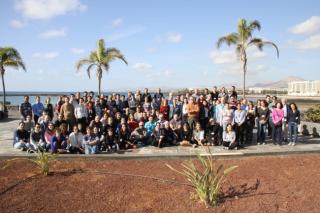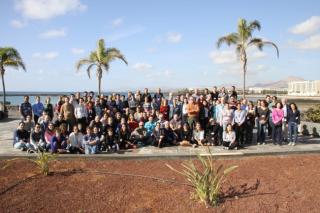
The Instituto de Astrofísica de Canarias will join the celebration, on February 11th, of the International Day of Women and Girls in Science, with a street activity in La Laguna aimed at giving publicity to the work carried out by women astronomers and engineers at the Institute, and to encourage girls to take up scientific and technological careers.
Advertised on




